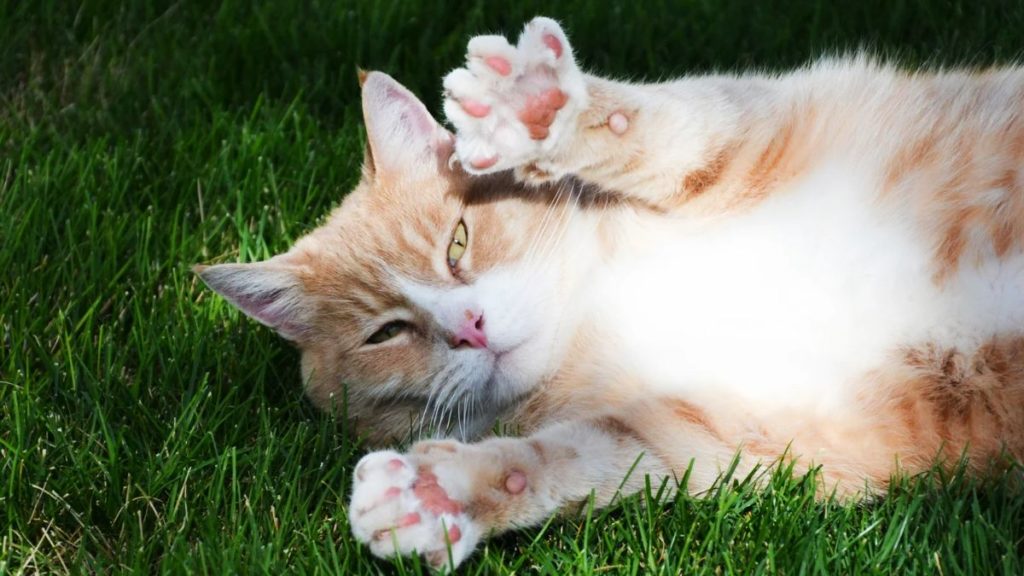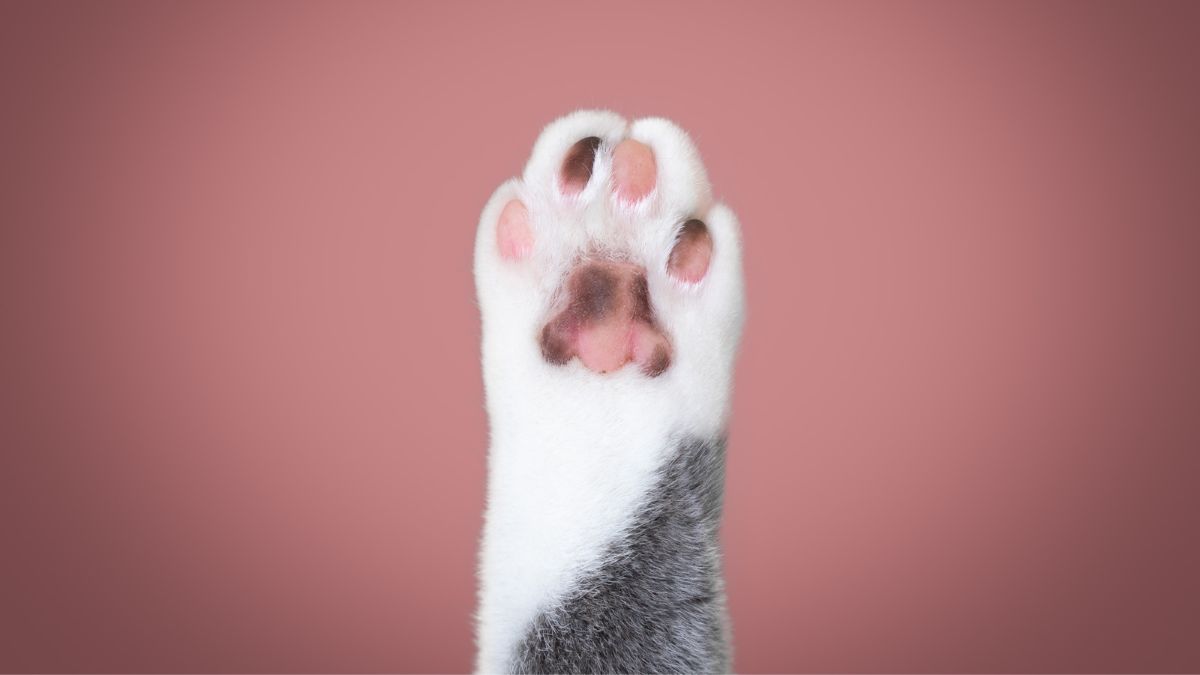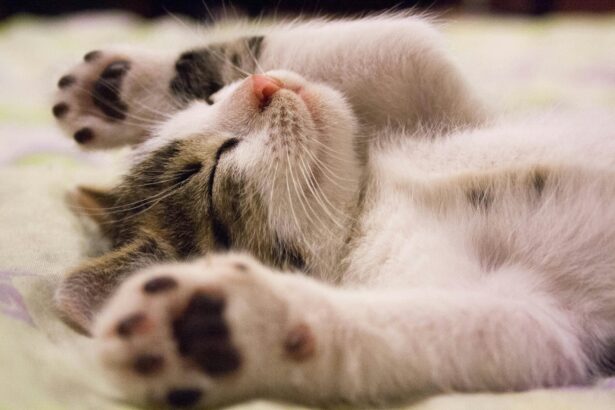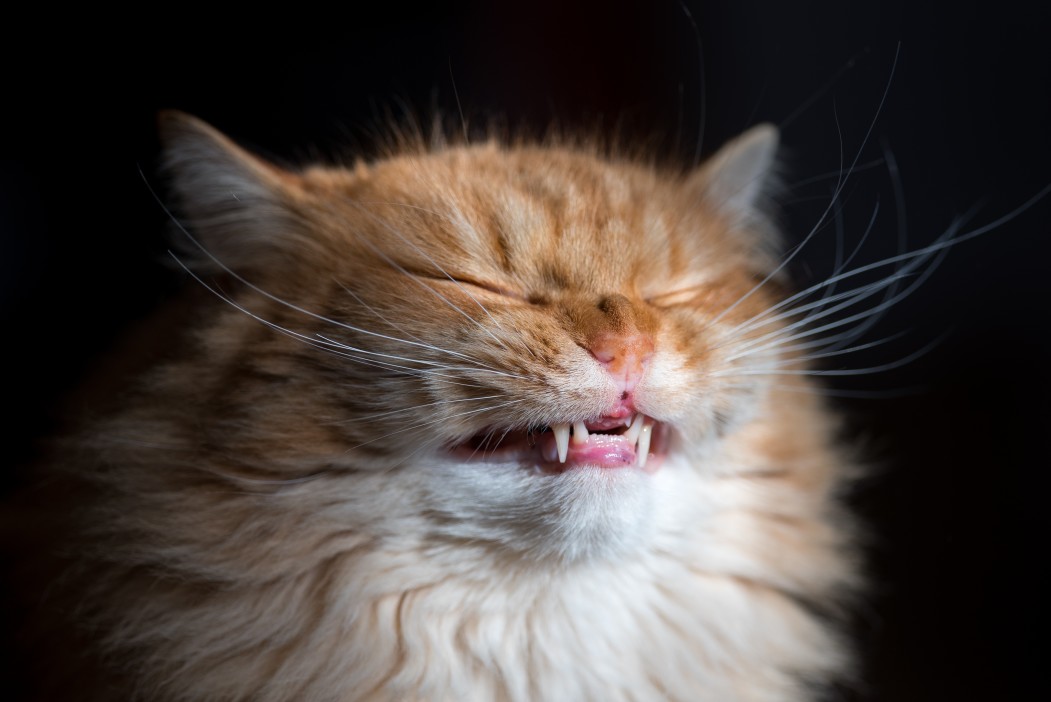Les patounes (that’s where the name of our site comes from!). Pawtounes ), also known as cat paws, are one of the cutest and most intriguing features of our feline friends. In this article, we’ll explore paw paws in depth, discuss their various functions and understand how to care for them to ensure our cats’ health and well-being.
Skates: anatomy and function
A cat’s paws are made up of several parts, including pads, claws and bones. The pads protect the paws from rough surfaces and absorb shocks when jumping. Claws are essential for hunting, climbing and defense. Finally, the leg bones provide support and mobility for the cat.
They also have sensory and communication functions. Cats use their paws to explore their environment, detect prey and even communicate with other cats or their owners.
Caring for your cat’s paws
To keep your cat healthy and comfortable, it’s important to look after its paws. Here are a few tips to help you:
- Inspect the bearings regularly for cuts, scratches or foreign bodies.
- Trim your cat’s claws regularly to prevent them from becoming too long and causing mobility problems.
- Gently wipe off dirt and debris with a damp cloth.
- Observe your cat’s behavior to detect any lameness or signs of pain when walking.
Paws and cat behavior
Cat paws also play a key role in our felines’ behavior. Here are a few examples:
- Kneading: Cats knead with their paws to express their contentment or to mark their territory with the glands on their paw pads.
- Scratching: Cats scratch surfaces to sharpen their claws, stretch their muscles and mark their territory with the scent glands between their paw pads.
- Hunting: Paw paws enable cats to move silently to catch prey and immobilize it with their sharp claws.
Common pooch problems and how to treat them
- A cat’s paws can be prone to various health problems, such as..:
- Infections: Cuts and scratches on the pads can lead to bacterial or fungal infections. If you notice any signs of infection (redness, swelling, discharge), consult your vet for appropriate treatment.
- Foreign bodies: Splinters, thorns or small objects can become lodged in the pads and cause pain or infection. If you suspect a foreign body, try gently removing it with tweezers, or consult your vet if you don’t feel comfortable doing so.
- Nail problems: Ingrown or broken claws can cause pain and infection. If you notice a claw problem, consult your veterinarian for appropriate treatment.
- Allergies: Cats can develop skin allergies that affect their paws, causing itching, redness and swelling. Consult your veterinarian if you suspect an allergy.

Conclusion
Paw paws are essential to the well-being of our cats, enabling them to move around, hunt and communicate. By taking care of their paws and being attentive to their health, you’ll help your cat lead a happy, healthy life.






